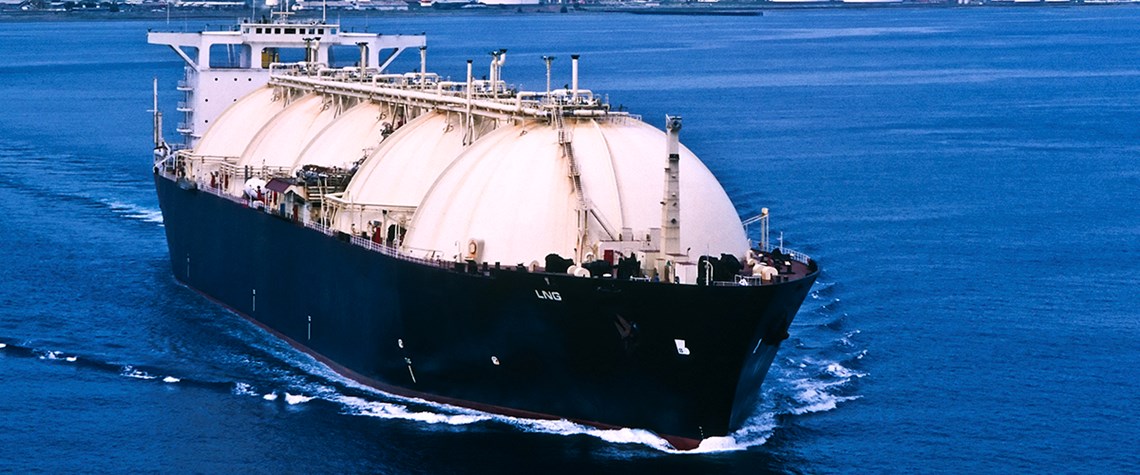Lots of LNG
Australia and the US brought significant new supply on line. But who would buy it all?
In 2017, liquefied natural gas producers looked with hope to the future—and some worry at the present. Demand, they believed, would one day catch up. In the meantime, much new seaborne gas floated often aimlessly into the market. By early 2017, global nameplate liquefaction capacity had reached 340m tonnes a year, more than twice the number from 2005. Another 45m t/y was scheduled to start up by the end of 2017 too (and then another 30m in 2018, and more after that). The long-predicted flood of supply seemed, in 2017, to have arrived. Malaysia, Indonesia, Russia and Cameroon all chipped in—or would by year-end - but the bulk of the LNG came from two countries. Australia in 2017 entered the f

Also in this section
24 December 2025
As activity in the US Gulf has stagnated at a lower level, the government is taking steps to encourage fresh exploration and bolster field development work
23 December 2025
The new government has brought stability and security to the country, with the door now open to international investment
23 December 2025
A third wave of LNG supply is coming, and with it a likely oversupply of the fuel by 2028
22 December 2025
Weakening climate resolve in the developed world and rapidly growing demand in developing countries means peak oil is still a long way away







